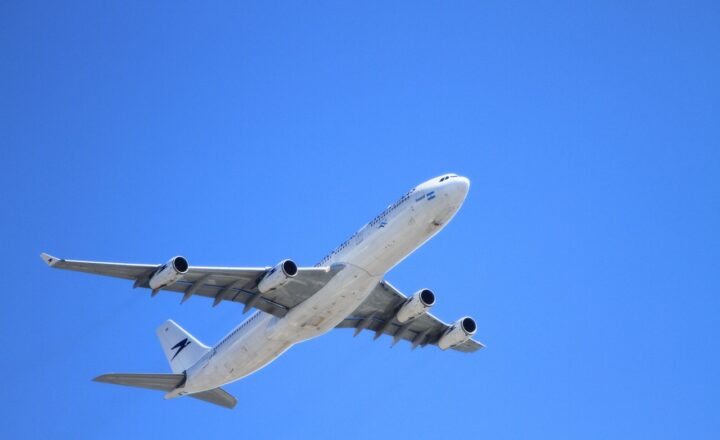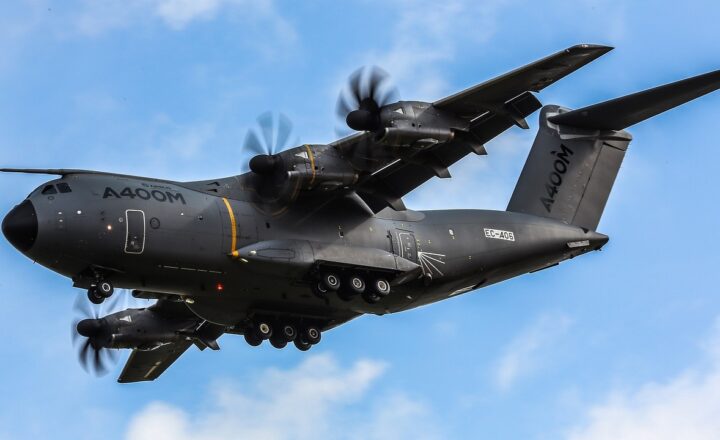Unveiling the Secrets of the Sky: What Makes a Great Airplane Design?
November 19, 2024

The evolution of airplane design is a fascinating journey that intertwines innovation, engineering precision, and an understanding of aerodynamics. As aviation technology advances, the demands for aircraft have expanded significantly, encompassing efficiency, safety, comfort, and environmental sustainability. This article explores the essential elements that contribute to great airplane design, shedding light on the intricacies involved and how they impact the flying experience.
1. Understanding Aerodynamics: The Foundation of Aircraft Design
Aerodynamics is the study of how air interacts with moving objects, and it forms the foundation of airplane design. The shape of an aircraft, known as its airfoil, plays a crucial role in determining how efficiently it can fly.
Key Factors in Aerodynamics:
- Lift Generation: A well-designed wing creates lift by manipulating airflow. The curvature of the wing affects the air pressure above and below, allowing the airplane to take off and maintain flight.
- Drag Reduction: Minimizing drag is essential for improving fuel efficiency. Modern aircraft designs often incorporate sleek, slender shapes and materials like composites that reduce overall drag.
- Stability and Control: A stable aircraft allows for easier handling. Design elements such as the tail and rudder shape significantly influence an airplane’s stability, making it more controllable during flight.
Understanding these aerodynamic principles is vital for engineers, as they provide the groundwork for creating aircraft that not only fly but do so efficiently and safely.
2. Structural Integrity: The Backbone of Safety and Performance
Airplanes must withstand various stresses during flight, including turbulence, weight loading, and changes in air pressure. Therefore, structural integrity is paramount in design.
Key Considerations for Structural Integrity:
- Material Selection: The choice of materials significantly affects weight and strength. Modern aircraft often use lightweight materials such as carbon fiber and aluminum alloys to ensure safety without compromising performance.
- Load Distribution: Designers must consider how various loads are distributed across the aircraft’s structure. Effective load distribution helps prevent structural failure during extreme conditions.
- Fatigue Resistance: Aircraft undergo thousands of flight cycles, making fatigue resistance a crucial design factor. Engineers conduct rigorous testing to ensure materials can withstand constant stress and strain over time.
The culmination of these considerations results in an aircraft that is not only safe for passengers and crew but also capable of enduring the rigors of flight over extended periods.
3. Engine Technology: Powering the Future of Flight
The engine is the heart of any aircraft, propelling it through the sky. Over the years, advancements in engine technology have dramatically improved efficiency, reducing both operational costs and environmental impact.
Innovations in Engine Technology:
- Turbofan Engines: The most common type of engine used in commercial aviation today, turbofan engines combine turbojet and propeller technology to provide efficient thrust while minimizing noise and emissions.
- Hybrid and Electric Propulsion: With rising concerns about environmental impact, hybrid and electric engines are gaining traction. These innovations promise to further reduce the carbon footprint of aviation, ushering in a new era of greener flight.
- Advanced Aerodynamics in Engine Design: Innovations like chevron-nozzle design and variable-area fans enhance the efficiency of modern engines, allowing them to generate more thrust while consuming less fuel.
With continued research and development, the potential for engines to evolve further allows for higher efficiency and lower emissions, aligning aircraft design with global sustainability goals.
4. Cabin Design: Focus on Passenger Experience
While the exterior of an aircraft is crucial, the interior design significantly affects passengers’ overall experience. Amenities, layout, and safety features come together to create a comfortable flying environment.
Key Aspects of Cabin Design:
- Comfort and Space Utilization: Thoughtful cabin layout maximizes passenger space while ensuring comfort. Features like adjustable seating, larger windows, and wider aisles all contribute to a better experience for travelers.
- Safety Features: Emergency exits, seatbelt configurations, and fire safety measures are integral to cabin design, ensuring passenger safety is prioritized during all phases of flight.
- Technological Integration: Modern airplanes often feature advanced entertainment systems, Wi-Fi capabilities, and charging ports, enhancing the passenger experience and keeping travelers connected during their journey.
Designing cabins that are both functional and comfortable is essential for airlines looking to attract and retain customers in an increasingly competitive market.
5. Future Trends in Airplane Design: Embracing Innovation
The aviation industry is continuously evolving, and future airplane designs are set to reflect global trends in sustainability, technology, and customer expectations. As we look to the future, several exciting trends are emerging:
Emerging Trends in Aviation:
- Sustainable Aviation Technologies: R&D for sustainable fuels, electric engines, and biodegradable materials is ongoing to address climate challenges effectively.
- Autonomous Flight Systems: Advancements in automation may lead to pilotless aircraft, improving safety and efficiency while reducing operational costs.
- Modular Aircraft Design: The concept of modular designs could allow for easier upgrades and repairs, extending the lifespan of aircraft and providing flexibility in design to meet changing market demands.
As these trends materialize, the future of airplane design promises to prioritize efficiency, dependability, and minimizing environmental impact, all while enhancing the passenger experience.
Conclusion: Crafting the Planes of Tomorrow
In conclusion, great airplane design hinges on a harmonious blend of aerodynamics, structural integrity, innovative engine technology, and thoughtful cabin layout. As engineers and designers embrace emerging technologies and trends in sustainability, we can expect future aircraft to be safer, more efficient, and environmentally friendly than ever before. The aviation industry continues to inspire awe and ambition as it unveils the secrets of the sky, paving the way for a new era of flight that prioritizes both passenger experience and ecological responsibility.








